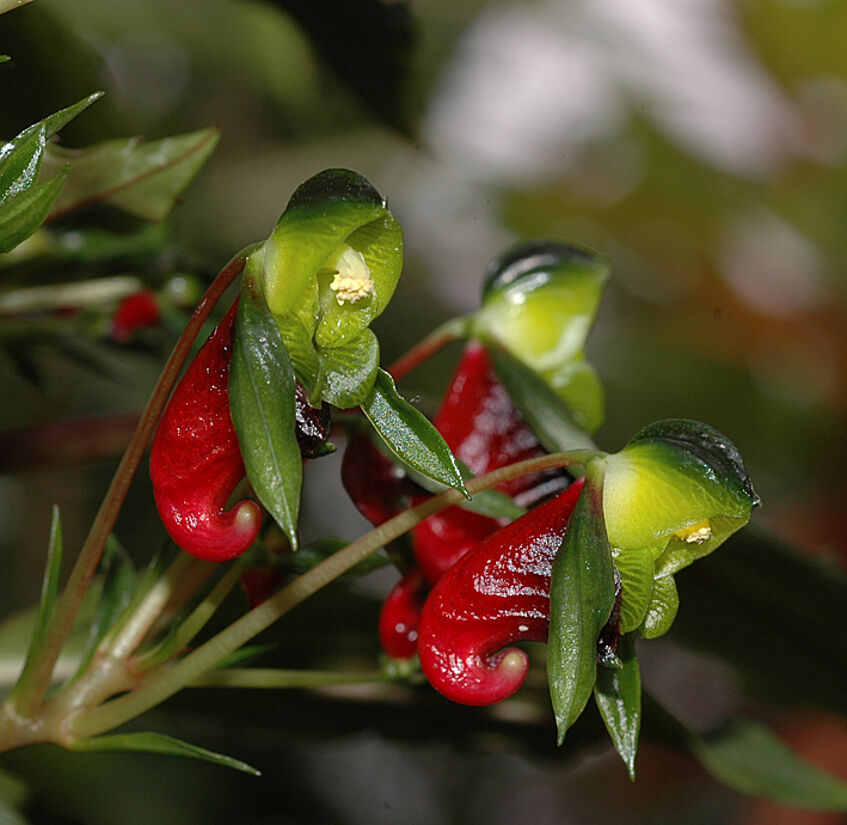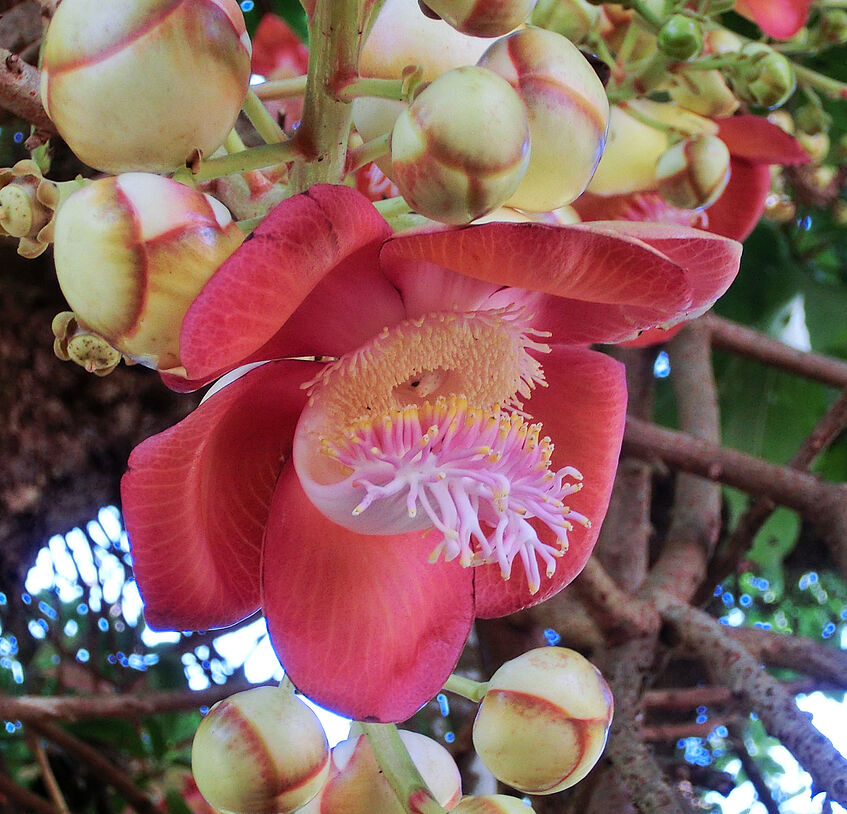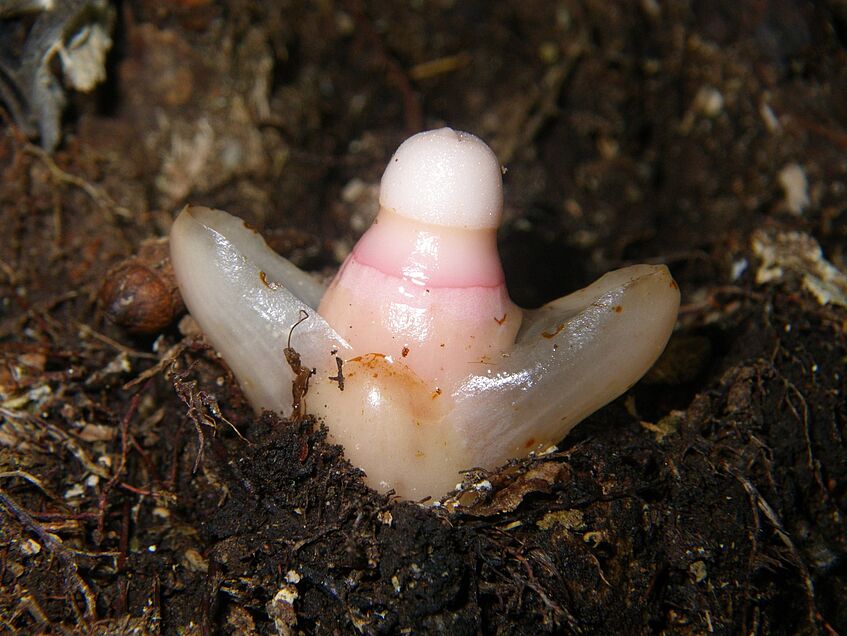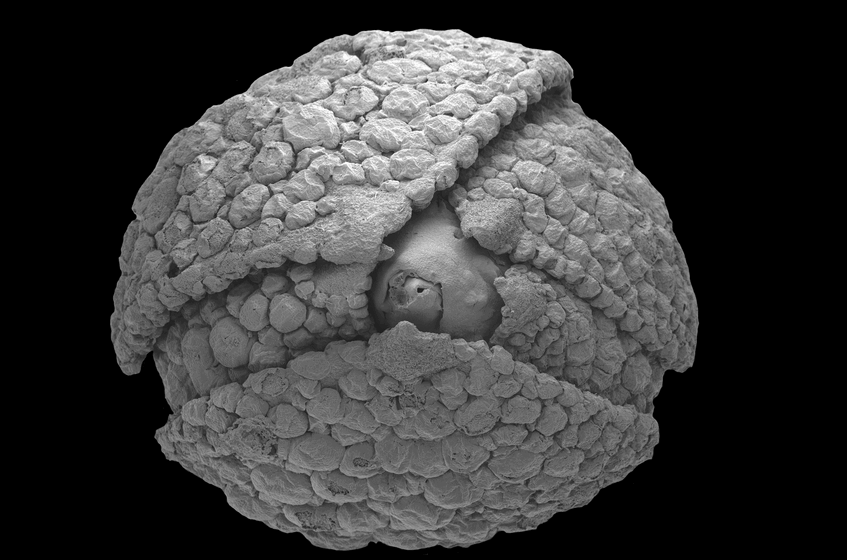Floral diversity and evolutionary history of Ericales
Project leader
- Univ.-Prof. Dr. Jürg Schönenberger
- Dr. Maria von Balthazar (Universität Wien)
Collaborators
- Order-wide analyses of floral evolution:
- Julian Herting, National Herbarium of New South Wales, Botanic Gardens Sydney, Australia
- Hervé Sauquet, National Herbarium of New South Wales, Botanic Gardens Sydney, Australia
- Mitrastemonaceae:
- Kenji Suetsugu, Kobe University, Japan
- Stefan Löfstrand, Stockholm
The main goal of the project is to test recent hypotheses on floral evolution, phylogenetic relationships, and the fossil record in the asterid order Ericales. Several recent molecular phylogenetic studies have provided a clearer picture of the interfamilial relationship in the order. This is in sharp contrast to what has lately been achieved at the morphological level. Currently, we are working on order-wide ancestral state reconstructions and floral diversification and on the comparative floral structure and phylogenetic position of the holoparasitic family Mitrastemonaceae.

Impatiens parasitica (Balsaminaceae) (© Jürg Schönenberger)

Couroupita guianensis (Lecythidaceae) (© Jürg Schönenberger)

Female-stage flower of Mitrastemon yamamotoi (© Kenji Suetsugu)

Fossil flower bud (Glandulocalyx upatoiensis, Actinidiaceae/Clethraceae) from the Late Cretaceous of Georgia, USA (© Schönenberger et al. 2012, Annals of Botany)
